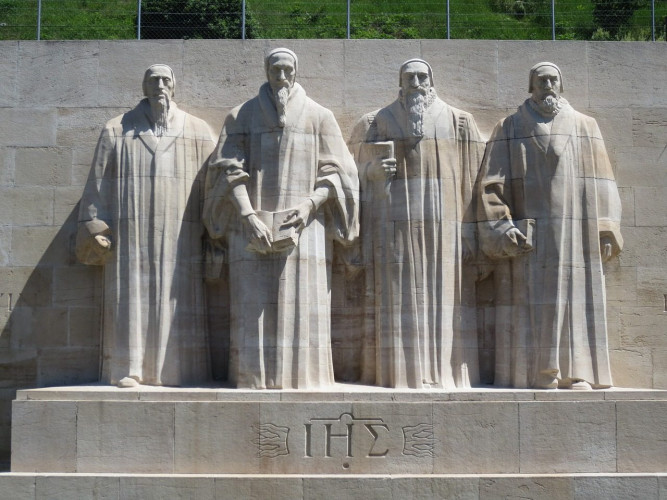The attractiveness of loving Christian Community was demonstrated in the success of the Celtic church in some unique ways.
The Celts in Britain learned of monasteries from the Eastern Church and adapted them to the Irish way of life, in a way that was significantly different to the latter Catholic monasteries. George Hunter 111 in his book "The Celtic way of Evangelism. How Christianity can reach the West …again" (2000) describes how Celtic Christians built their "monastic communities" in strategic locations accessible to the traffic of people at the time; such as near settlements, on hill tops, or on islands near established sea lanes.
While there may have been some monks and nuns who lived more ascetic lives in Celtic monastic centres, there were also teachers, scholars, farmers, artists, craftsmen, families and children all under the leadership of a lay abbot or abbess. This was a lay rather than "ordained" clerical movement. People flowed in and out of these communities.
Children went to school, young men and woman prepared for Christian vocations and Christian scholarship was fostered. Some looked after livestock or made clothes or cultivated crops, others cared for sick people or animals or guests. People worshiped together, learning scriptures and especially the Psalms by heart. "They nourished each other in a life of "contemplative prayer" and many monastic communities also functioned as "mission stations" preparing people for mission to unreached populations.
Hospitality was a prominent feature of their work and outreach. The monastic communities had a very high commitment to hospitality. The Benedictine rule #53 stated that "all guests who present themselves are to be welcomed as Christ, for he himself will say 'I was a stranger and you welcomed me'." When a traveler entered the monastic community he or she would be met by a porter at the entrance who would introduce them to the rest of the community including the abbot. The abbot would wash their feet and a caring brother would provide them with bedding. They would be given a soul friend, a small group and a place for solitude. Discussion, listening and relationships would be formed before they were invited to commit to Christian beliefs.
Hunter summarizes the Celtic approach to the process of evangelism as follows. They reached people by:
- Establishing community with people or bringing them into their fellowship or community of faith.
- Within the community and fellowship engage people in conversation, prayer, ministry and worship.
- In time as they discover and experience Christian community they invited them to believe and then to commit to Christ.
The Celtic Christian movement multiplied these mission sending monastic communities which in turn sent teams into settlements to multiply churches and start these communities of committed followers of Christ. They were successful and in two to three generations had reached and Christianized most of Ireland. In fact there are over "6000 place names: (containing) the element Cill; the old Gaelic word for church."
Just as the Celtic church multiplied monastic centres as a key part of their growth strategy, so the church today needs to re-explore fresh expressions of community and outreach.
Extract from ‘The Seven Calls of Jesus’. Phillip Brown 2023
https://www.oikos.org.au/resources/books/the-seven-calls-of-jesus-book


